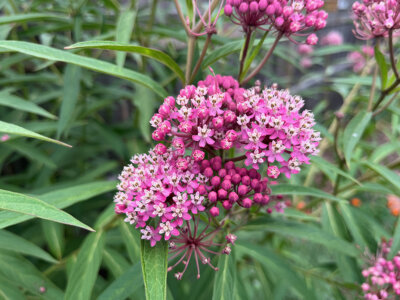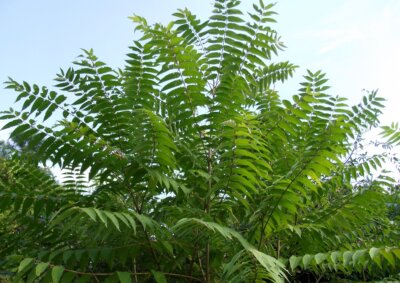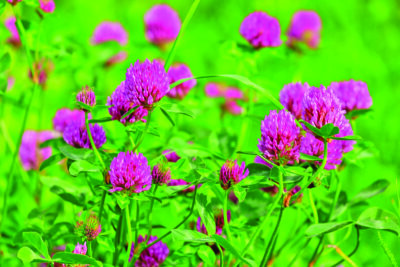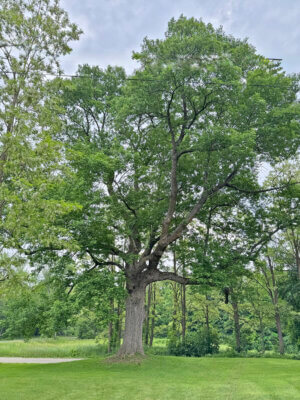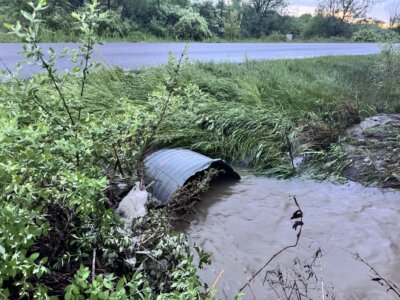Greener lawn and yard care

Many of our lawns are turning brown as we endure day after day of unusually high summer temperatures. But as you might guess, when the Energy Committee uses the word “greener” we’re talking about energy use, not color!
At the recent Town Beach Party, we set up a table to provide information on greener lawn and yard care and to invite individuals and businesses to showcase some alternatives to fossil fuel-powered mowers and yard equipment.
Taking care of our lawns and yards adds to our carbon footprint and comes with costs:
- A conventional riding lawn mower burns between one and two gallons of fuel per hour, costing between three and six dollars per hour. And since there’s about 20 pounds of CO2 emitted per gallon of gas or diesel, that’s also 20 to 40 pounds of carbon dioxide emitted for every hour of mowing.
- An electric riding mower consumes around 2.8 kW per hour, costing about 45 cents per hour, with zero carbon dioxide emissions if you have a solar/PV system.
- One commercial lawn mower produces as much pollution as about 90 cars.
- Gas- and diesel-powered lawn mowers are noisy.
Nowadays, there are lots of ways we can take good care of our lawns and yards—and cut fossil fuel use, save money, reduce noise, improve wildlife habitat and cut maintenance requirements. And remember, if you have solar, your electric lawn and yard equipment is powered by the sun!
Choices range from old-fashioned scythes for long grass, reel mowers for small lawns, electric push and rider mowers, electric trimmers and chainsaws and robotic mowers. (At the Beach Party, two robo mowers got lots of attention as they systematically mowed their way around a small grassy area inside the perimeter wire).
Consumer Reports publishes reviews on a wide range of lawn and yard equipment, including electric. Locally, stores carry a wide range of electric equipment. You can also find a wide selection online.
Sometimes, the best choice is no lawn at all! Reducing or eliminating the area we have in lawns can provide a number of benefits, including: more wildlife habitat, food production, enhanced aesthetics and lower maintenance. Here are a few options:
Wildflower meadows
Let your lawn go and become a wildflower meadow. Don’t mow at all and see what grows. (Try creating walking paths with the mower!) You may be surprised at the riot of color and form you get, from pink milkweed with its big flat leaves (a critical habitat for monarch butterflies) to white and red clover and purple hairy vetch, important for their nitrogen-fixing properties, to yellow birdsfoot. And it may be time to learn to love dandelions. But keep an eye out for plants that are thorny or invasive like Canadian or Scottish thistles, wild parsnip, garlic mustard, honeysuckle and buckthorn. In general, meadow maintenance is easy—all you need to do is mow once a year in the fall to keep woody species from becoming established. You can also enhance your meadow with wildflower seeds and plants.
Ground covers
Lawns are a high-maintenance ground cover. In place of lawns, and depending on specific situations, perennial ground covers such as lily of the valley, ferns, hostas or evergreen shrubs may make sense. Low-growing, evergreen shrubs planted in landscape fabric and mulched every year or two are attractive and easy to maintain.
Permaculture landscapes
Permacultures are ecologically designed landscapes that are diverse mixes of gardens, shrubs and trees. They produce a wide range of products with minimal inputs. For more information, search online for “permaculture Vermont.”
For a list of several equipment and service suppliers, go to the Energy Committee section of the Town of Charlotte web site.
Related Stories
Popular Stories
If you enjoy The Charlotte News, please consider making a donation. Your gift will help us produce more stories like this. The majority of our budget comes from charitable contributions. Your gift helps sustain The Charlotte News, keeping it a free service for everyone in town. Thank you.
Andrew Zehner, Board Chair



